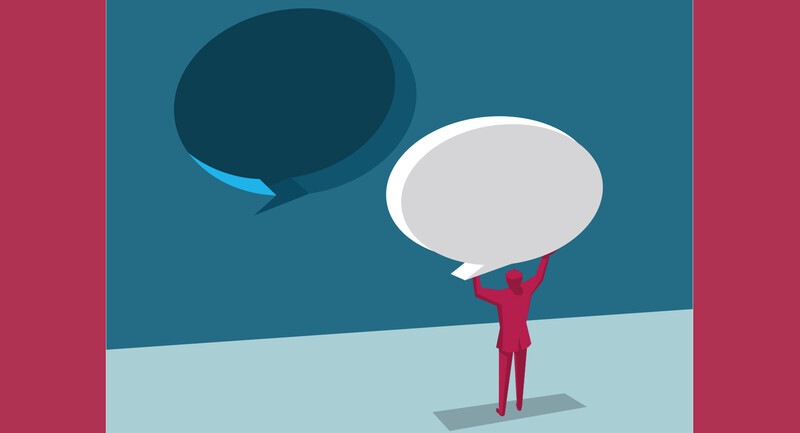Figure
As we move forward following the school shooting in Parkland, Florida, teachers everywhere face difficult questions and an array of emotions in our classrooms. Anger, sadness, and fear are all very real, and they are important to work through. To do this in a healthy and productive way, we must be supportive and kind while remaining professional and unbiased. We can play a unique role in helping our students navigate tragedies by 1) actively engaging them in conversation, 2) encouraging them to take breaks from news coverage, and 3) equipping them to play a constructive role in what comes next.
Be open to any conversation
When faced with tragedy, be it in their own homes and communities or across the country, students need a safe place to process and share their feelings. In the days following the Parkland shooting, my students came to class asking me how this could've happened. Don't be afraid to talk about it. Answer students' questions as best you can and look for tools to facilitate a healthy conversation (read Michele Borba's "10 Tips to Talk to Kids About a Tragedy"). Most important, be honest. This is a complex problem; there are no stupid questions and there are very few simple answers.
When I asked my students how Parkland made them feel and what they knew, some were quick to jump to conclusions as a way to cope and assure themselves that this couldn't happen in our community. To ease their fears, we talked about the safety measures and procedures in place at our school and the resources available to young people who may need help (e.g., www.OK2Talk.org).
Take a break from news coverage
Reports circulate very quickly, and assertions are made online and by the media before anyone has determined their truthfulness or accuracy. Social media, especially, tends to amplify negative events much more readily than the good. Understand the effect that social media can have on your students' mental health, and look for signs that it might be causing them distress (read ""). I watch for changes in behavior, like if a student is unusually quiet or makes uncharacteristically negative or dark statements. I also encourage my students to talk through and think critically about what they're reading online, and even to log off for a while. We've discussed performing community service or writing cards to survivors as ways to bring something good into the world, or just spending more time face-to-face with our family, friends, and neighbors.
Look for solutions students can join in
Following a tragedy like Parkland, people will focus on what went wrong, how we got here, and what to do next. Work with your students to find ways they can constructively add their voices to the conversation—be it local, national, or even global. This is a time to teach listening and communication skills, especially how to respectfully disagree with others. This is also a time to teach empowerment and advocacy skills, as young people are finding their voices and exploring their worldviews. As a class, my students and I looked for resources to foster a safe and supportive school environment with regard to mental health and well-being, starting with www.mentalhealth.gov. We then researched the gun laws and safety procedures in place in our communities, discussing their history and intention and whether they are still appropriate today. Equipping students with the resources to educate themselves on an issue can help them process recent events and begin to heal.
We are all reeling and unsure of where to go from here. Such feelings can be amplified for our students. Be present and allow them to feel safe in expressing their thoughts and concerns. Following a tragedy, it is essential to support them through their grief, anger, and other emotions. We must give them the space to respectfully express and process these events.
As teachers, we must also remember to take care of ourselves. It can be hard to support the healing process when we have our own emotions to work through. Talk with your peers and other professionals. Understand that others' opinions and thoughts may differ from your own. Diligently look for the good in others and the world around you. Most important, practice what you are teaching as you look for tolerance and respect from your students.
Would you like to write for the next "Road Tested" column? Click here for submission details.








